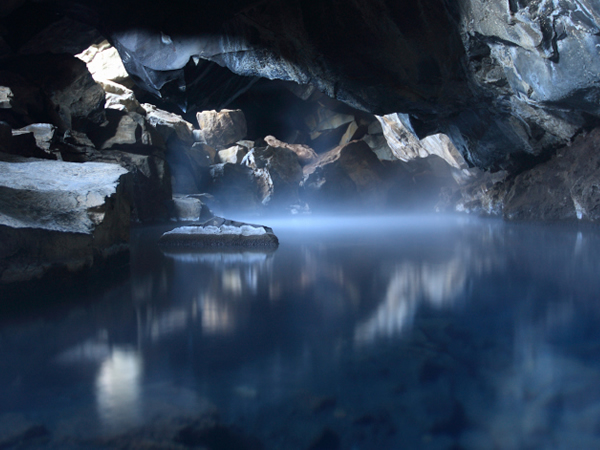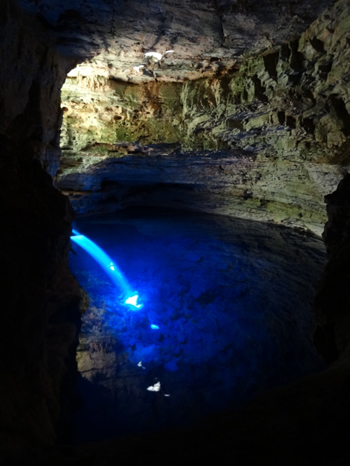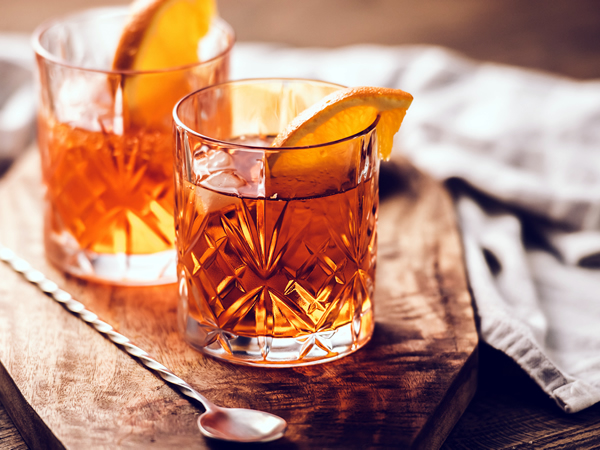News
Partner content: The spring-water menu trend
Friday, September 11th, 2015
Wine has been a dedicated field of study since humans figured out they could ferment grapes. In recent years, beer, too, has become a connoisseur’s drink. But now, at restaurants and five-star hotels around the world, a more humble beverage is beginning to receive special treatment: water.
At Ray’s & Stark Bar in Los Angeles, there’s a dedicated water sommelier, and a water menu with upwards of 20 varietals. With origins spanning 10 countries, and with accompanying tasting notes referring to their terroir, the waters are available by the bottle, or as a 12-cup tasting menu. Meanwhile, a hotel in Belfast, is offering a 12-varietal menu, and at three-Michelin-starred restaurant La Pergola in Italy, you can order one of 29 bottles.
At first it might sound a little insane. How different can water really taste? Think back to that glass of water that has been left out overnight, or tap water in the height of summer, when extra chlorine has been added – certainly a little stale or sour, right?
On the other end of the spectrum, if you’ve tasted water from an ice-cold mountain-top stream (especially if you’ve just scaled the mountain in question), you’ll know that there is such a thing as sweet, crisp, refreshing water.
So, what factors affect the flavour of water? And what is spring water exactly?
The water source

The water source.
A spring – aside from being the basis of everyone’s favourite slinky toy, and the season associated with hay fever – is the exit point of an aquifer or underground lake. In some cases, the aquifers form as a result of underground caverns or fractures in the earth’s crust; in other cases, they accrue from a slow process of water filtering down through the earth, before it hits a plateau of less permeable rock.
Occasionally, spring water contains ancient sea water, or, in the case of hot springs, water that has condensed out of magma from volcanic activity. In most cases though, spring water originally fell as rain – or snow – before making its way underground through a slow process of filtering through the earth. This can all take a rather long time.
The age
Scientists can use chemical tracers to determine the age of the water found in a spring. In some cases, particularly in dry areas, the water is found to be very old. For instance, in Nevada’s desert there are springs containing water over 3 000 years old. Closer to home, Valprè water, sourced from a spring in Heidelberg, is up to 15 years old. With such a long time spent underground, the water has time to absorb minerals found in the earth.
The minerals
The minerals present in spring water differ depending on the geology of the area. The number of minerals also differ. Minerals commonly found in spring water include low levels of calcium, magnesium, bicarbonate and fluoride, among others.
The tasting notes
“Water has a significant impact on the way we taste food, just as with wine and spirits. We are already accustomed to pairing food with wine or beer, but many people don’t know that water is just as important to the entire dining experience,” says Martin Riese, water sommelier at Ray & Stark’s Bar in LA. He measures water on two scales: from salty to sweet, and from smooth to complex. Renaissance artist Leonardo da Vinci even alluded to this measurement scale, saying that water could be sharp, strong acid, bitter, sweet and sometimes “thick or thin”.
Over at Thrillist, in a bottled water taste-off, the team detected everything from buttermilk (but less sour) to gravel – and used every adjective from fruity to voluptuous. At The Merchant Hotel in Belfast, where a dedicated water menu contains everything from Canadian ice-shelf water to water from the rainforests of the Fiji Islands, GM Gavin Carroll says the water menu is more popular than you might think. “Whilst experts can differentiate between the mineral content and pH balance of different types of water, discerning consumers are also increasingly demanding a wider choice of waters.”
Valprè is committed to always providing its consumers with the highest quality still and sparkling bottled water. In fact, this quality is such a defining feature that Valprè has achieved international acclaim for it, having recently been awarded a Monde Gold Selection Award for Outstanding Quality in the Spring Water category.
But it’s not just the purity and unique taste of the water that make it so distinctive, Valprè also undertakes rigorous hourly tests on still and sparkling bottled water samples to detect any impurities or irregularities in the water.












